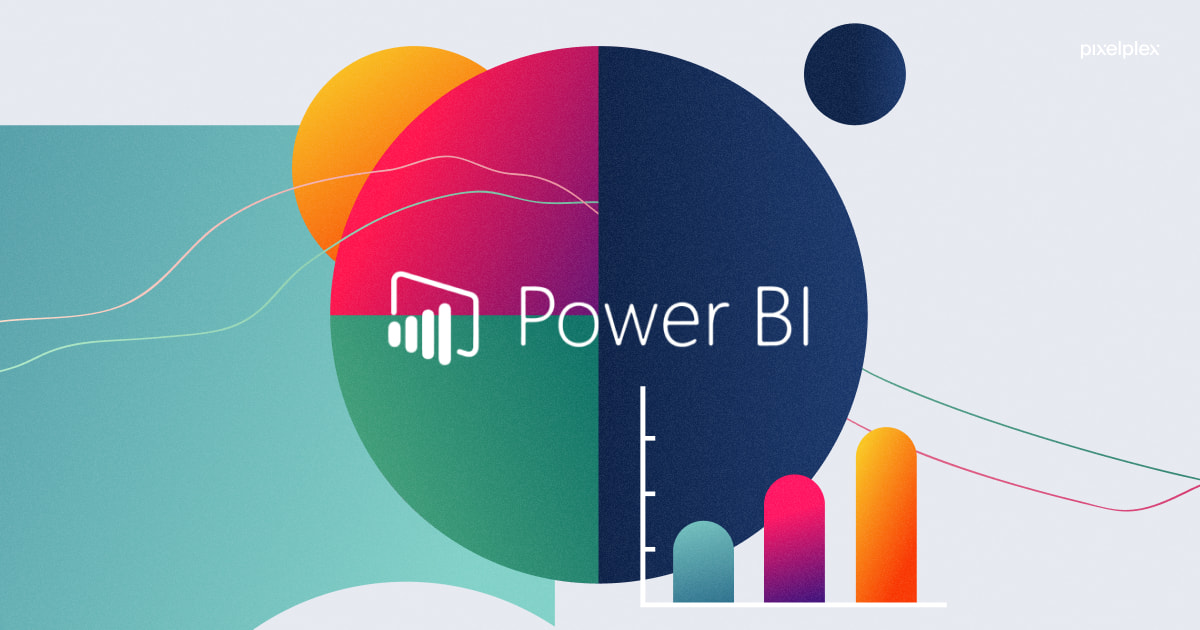In the era of big data, organizations are constantly inundated with vast amounts of raw data. While the abundance of information holds immense potential, the real challenge lies in transforming this raw data into actionable intelligence. Enter Power BI, a robust business analytics tool developed by Microsoft, designed to empower organizations to extract meaningful insights from their data. In this article, we will delve into the key features and strategies that make Power BI a game-changer in the realm of data transformation.
Understanding Power BI: A Brief Overview
Power BI at a Glance: Power BI is a suite of business analytics tools that enables users to connect to a variety of data sources, visualize data, and share insights across an organization. Comprising components such as Power Query, Power Pivot, Power View, and Power Map, this comprehensive toolset facilitates the entire data analysis process.
The Power of Power Query: Shaping and Transforming Data
- Data Connection and Import: The journey begins with Power Query, a data connection and transformation tool that allows users to import data from various sources. Whether it’s Excel spreadsheets, databases, or cloud-based sources like Azure, Power BI ensures seamless connectivity.
- Data Cleaning and Transformation: Power Query enables users to clean and transform raw data effortlessly. From removing duplicates and handling missing values to merging tables and reshaping data structures, this tool provides a user-friendly interface for data preparation.
Unleashing Power Pivot: Creating Data Models for In-depth Analysis
- Building Relationships: Power Pivot, an in-memory data modeling tool, empowers users to create relationships between different tables. This is pivotal for conducting holistic analyses that involve data from multiple sources.
- DAX Formulas for Advanced Calculations: Data Analysis Expressions (DAX) is a powerful formula language within Power Pivot that allows users to create custom calculations and aggregations. Whether it’s calculating year-over-year growth or implementing complex business logic, DAX enhances the analytical capabilities of Power BI.
Visualizing Insights with Power View and Power Map
- Power View for Interactive Reports: Power View enables the creation of interactive and dynamic reports. Users can drag and drop fields to generate compelling visualizations, such as charts, tables, and matrices. The interactivity allows stakeholders to explore data and derive insights on the fly.
- Power Map for Geospatial Analysis: Power Map adds a spatial dimension to data analysis. By visualizing data on a 3D map, users can uncover geographical patterns and trends. This is particularly valuable for businesses with diverse geographical footprints.
Sharing and Collaboration: Power BI’s Crowning Glory
- Power BI Service: The Power BI Service serves as the cloud-based platform for sharing, collaborating, and publishing reports and dashboards. Users can schedule data refreshes, ensuring that insights remain up-to-date.
- Dashboard Sharing and Embedding: Power BI allows users to share dashboards both within the organization and externally. Embedding dashboards in websites and applications enhances accessibility and ensures that insights reach a wider audience.
Best Practices for Effective Data Transformation
- Define Clear Objectives: Before diving into data transformation, it’s essential to define clear objectives. What insights are you seeking to gain? Understanding the end goal helps in shaping the transformation process accordingly.
- Data Quality Matters: Garbage in, garbage out. Ensure data quality by thoroughly cleaning and validating data during the transformation process. Addressing discrepancies early on prevents inaccuracies in subsequent analyses.
- Iterative Approach: Data transformation is often an iterative process. Embrace an agile mindset, allowing for adjustments and refinements based on initial insights and feedback.
- Leverage Advanced Features: Explore advanced features like custom visuals, machine learning integrations, and natural language queries within Power BI. These features can elevate your analyses and provide deeper insights.
Conclusion: Empowering Decision-Making with Power BI
In conclusion, Power BI stands as a formidable ally in the quest to transform raw data into actionable intelligence. By seamlessly integrating data preparation, modeling, visualization, and collaboration, Power BI empowers organizations to make informed decisions based on data-driven insights. Embrace the transformative capabilities of Power BI, and unlock the true potential of your data in the dynamic landscape of business analytics.
